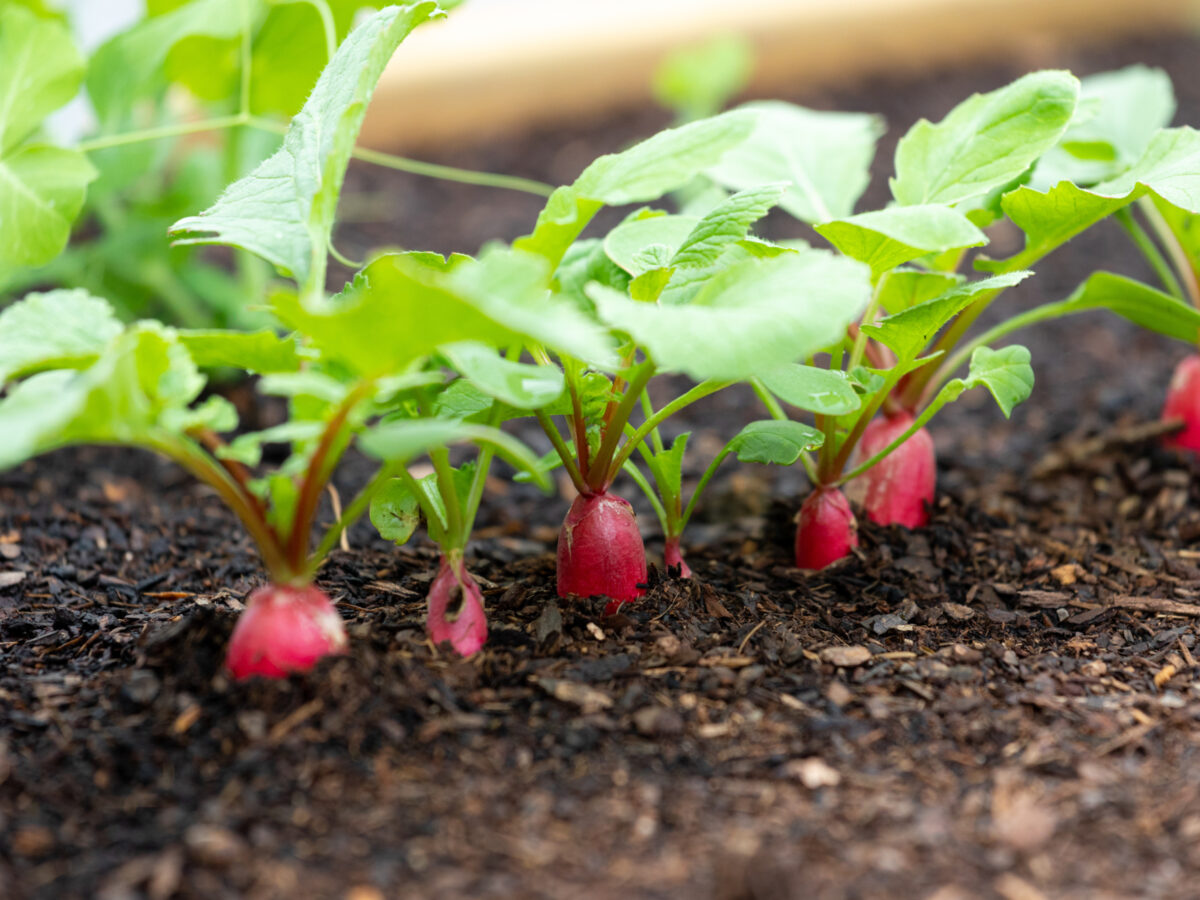
Luffa
- Tags
- Vegetables and herbs
| Growing calendar | |
|---|---|
| Sow indoors | April - May |
| Plant out | June |
| Harvest | For food: August, for luffa sponge: October |
There are two species of luffa. The first is Luffa acutangula, which is best for flavour and looks like a fluted green barrage balloon, about 28cm/10in long. And there's also L.cylindrica, which looks like a courgette, except that the skin is smooth, shinier and fairly hard rather than slightly bristly.
Both have similar deeply lobed leaves, and sprawl rather than climb, using tendrils. Inside both species of luffa is a creamy flesh with many small seeds, similar to a courgette in texture and flavour. The smooth luffa tends to produce fruits in shortening days (after midsummer in the UK) while angled luffa is unaffected by day-length.
How to grow luffas
Luffas need a long growing season, so need to be started off in April-May at 26-30oC/77-85oF. Soaking the seed for 24 hours in lukewarm water before sowing may help germination. Sow more than you need, as germination is often poor: 2-3 seeds per 12cm/4in pot, remove the weaker seedlings. Once the seedlings have emerged reduce the heat a little. Pot up if needed.
Harden off and plant out in early June. If growing in containers, a 30cm/12in pot is fine for a single plant. Alternatively, you could plant two in a grow-bag. For best pollination grow several plants close together.
If planting in open ground, luffas need a sunny, well-drained spot, sheltered from strong winds: anywhere you can grow cucumbers outside is suitable.
Established plants can grow up to 7m/22ft (but rarely do: 2m/6ft is more common.) Once the small yellow flowers appear, weekly feeding with comfrey liquid can improve the fruiting.
A well-grown luffa plant can support about six or seven fruits to maturity, although as with courgettes if you keep picking, the plants will continue cropping.
Harvesting and using luffas
Pick luffas for eating when less than 30cm/12in long, otherwise they become tough and bitter. Some seeds sold for growing in the UK may taste bitter anyway, because they are for strains selected for sponge production. If you have one of these you might as well grow yourself a back-scrubber rather than try eating the inedible fruit.
To grow luffas for sponge production, wait until the skin is hard and just turning a pale colour. Avoiding fungal infections when they are drying can be a challenge, so ensure that the fruits have good air ventilation around each side and they aren’t touching anything.
Allow the gourd to turn brown if you want a dark-coloured fibre or to save seeds. The skin is hard but brittle (throwing the fruit hard against a brick wall or concrete path is a fun, easy way to crack it!) Peel off the split skin using a sharp knife and rinse the pulp under a running tap until the seeds and fibre skeleton are revealed. Rinsing into a bucket is best so you don't clog up the sink. You can also place in a bucket of cold water to soak for a week, and the remaining flesh will begin to rot and can be removed completely.

Troubleshooting
The plants will require support. Stout trellis or a chain-link fence is better than bamboo poles, as the plants will twine but don’t climb well unless tied in regularly.
Luffa are insect pollinated. In poor conditions, or early in the season only male flowers may develop, but if you have enough plants female blooms should form.
Luffas have all the usual cucurbit problems, including powdery mildew and red spider mites.
Seed saving
It’s usually easier to obtain seed of L. cylindrica in the UK. The two species will hybridise if grown even at considerable distances apart, so if you want to save seeds it’s better to only grow one species at a time.
Seeds can be teased out of the pulp and laid on kitchen paper to dry. Ripe luffa seeds are plump, oval to round and dark in colour: they will continue to ripen inside the fruit for anything up to two months when removed from the plant. Once dry they should be detached from the paper and stored in an envelope kept in a cool, dark, dry place away from mice.
| Growing notes | |
|---|---|
| Difficulty | Moderate to hard |
| Germination time | 14-28 days |
| Average time to harvest | For food: 2 months, for luffa sponge: 4 months |
| Equipment needed | Polytunnel or large greenhouse |
| Average plant size | 2m tall, 15-60cm wide |
| Family group to grow with | Cucurbit |
| Key nutritional content | Fibre, vitamin C, potassium |
| Latin name | Luffa acutangula or L. cylindrica |
| Seed saving notes | Don’t cross with other cucurbits so no need to isolate: usually successfully pollinated by insects. Allow fruit to ripen completely and turn soft before harvesting. |

Love our growing advice?
Get a direct link to our horticultural advice team, as well as members-only online resources with a Garden Organic membership.